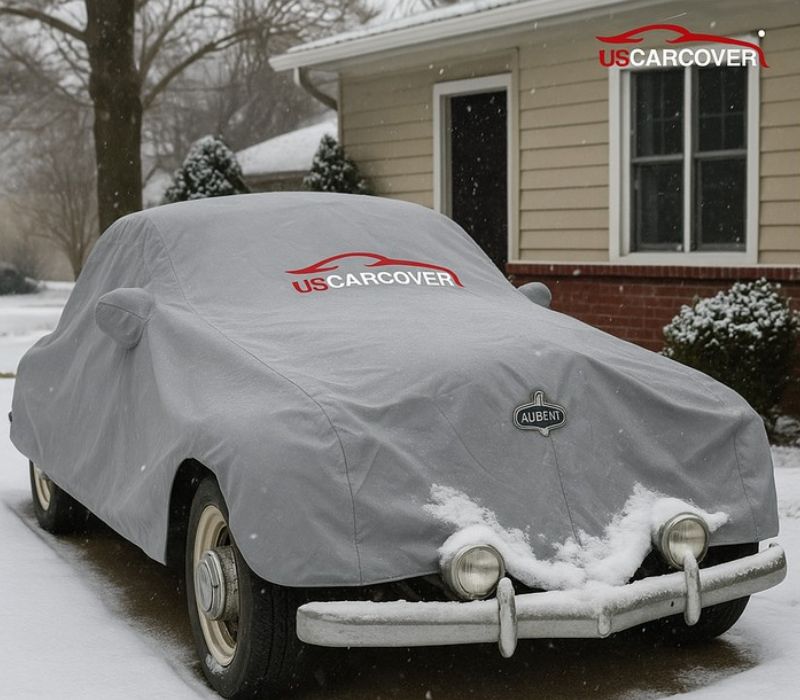
Auburn Car Cover may sound like just a car cover, but for classic-car lovers it is the simplest way to keep that “ready to shine” feeling every time you lift it off. Many owners assume parking in a “well-ventilated spot” is good enough. Then morning comes and you see faint water rings on bright trim, a light dusting of pollen from the trees, or a strip of afternoon sun that hits the same corner of the hood day after day. This guide turns real-life situations into easy, practical steps: a quick look at the Auburn brand and the models you still see today, why “airy parking” can still age a car, seven core rules for choosing and using a cover, and a simple cover routine so your vintage Auburn always looks its best.
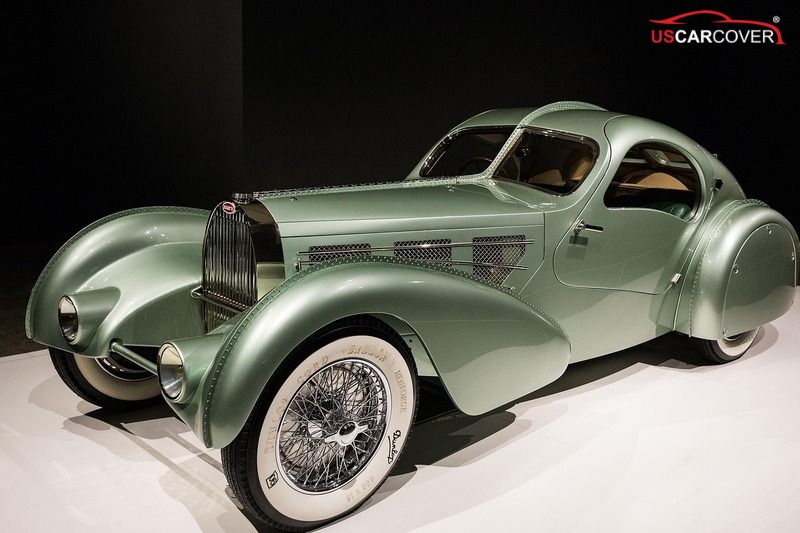
Related Articles: Audi Ca Cover: Can a small shield really save that pristine German Paint?
Why dose the Auburn proper protection?
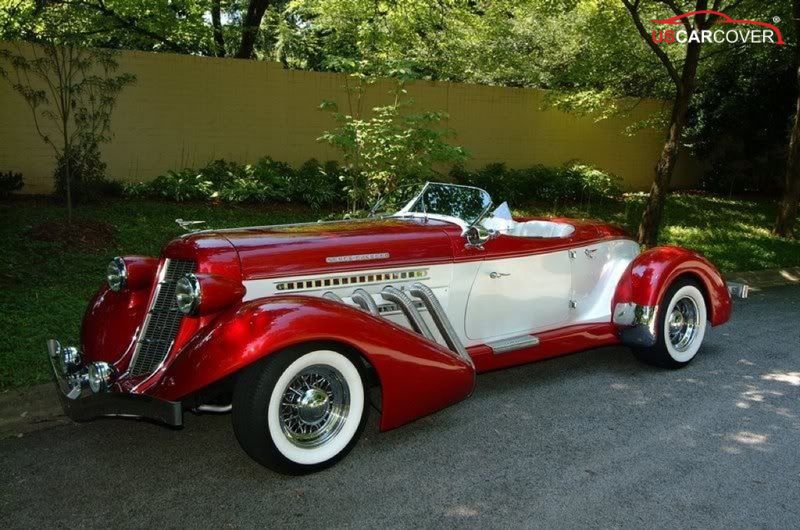
An Auburn is beautiful in motion, but it is also beautiful at rest, when the boattail casts a long shadow under the porch and polished trim catches the morning light. Auburn began in the town of Auburn, Indiana, and is remembered alongside Cord and Duesenberg in early 20th-century American classics. The Art Deco look gives these cars instant presence, and the hand-finished details show the work of skilled craftspeople. The most recognized symbol is the boattail Speedster of the mid-1930s. Production ceased in the late 1930s, but the legacy lives on at concours events, museums, and in private collections. Keep that context in mind: what you are protecting is not just metal and paint, but a piece of drivable history.
Auburn models you still see today, described by “personality"

Not every Auburn is the same, so how you cover it should reflect the body shape and how you use the car.
Speedster 851 or 852 is the weekend show star. The long boattail looks taut and clean, and the dash with a 100-mph speedometer always draws a crowd. Owners often cover and uncover more frequently to attend events.
Phaeton or Cabriolet is the open-top touring spirit. The fabric top, top frame, and fasteners need gentle care in storage. Any long stretch of humidity can leave odor or faint marks along seams and edges.
Sedan Eight or Twelve carries a formal, elegant presence with lots of brightwork. These cars often sit for long periods in family collections, with only occasional drives. Time spent standing still is the main challenge, not mileage.
Whether your car is original or restored, the covering philosophy should be the same: soft on the inside, breathable on the outside, and tailored to the body, especially the boattail and the side-mounted spare.
Why “parking in an airy spot” still causes damage
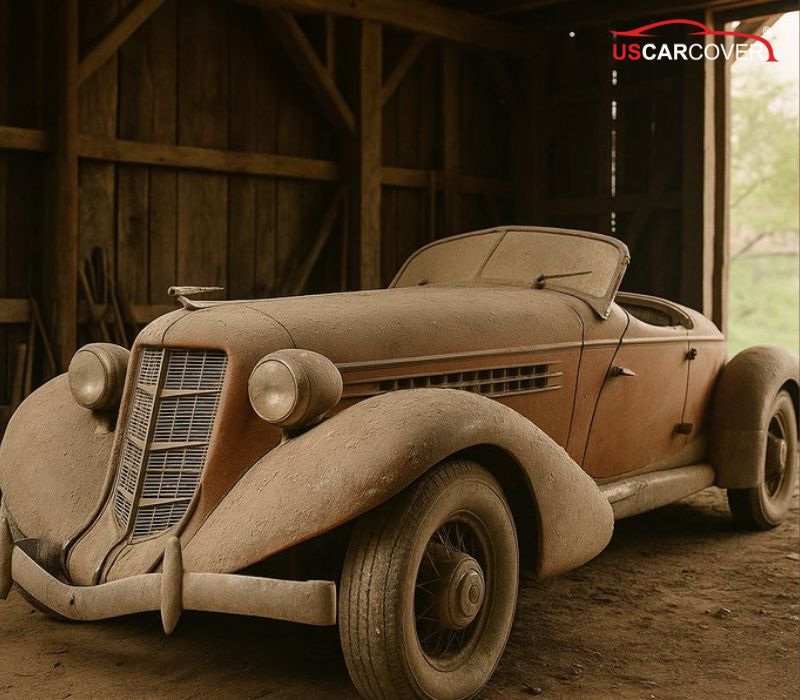
Airy for people is not always safe for cars. A classic that sleeps under a porch, in a carport, or in the backyard still faces small, repeated stresses that add up. In suburban driveways with sprinklers, fine mist or nightly dew settles on glass and bright trim. When it dries, it leaves faint mineral rings. If the inner face of the cover is a bit coarse or traps moisture, those faint marks can show up under inspection on paint and trim. Under oaks, pines, or jacaranda, tree sap and pollen cling to the cover with every breeze. A loose, oversized cover lifts and falls, rubbing right on the boattail edge or the side-mounted spare, and slowly leaves a dull trace along the curve. In a three-sided carport, afternoon sun and light wind are the main culprits. One patch of the hood warms up day after day, dust sticks to the cover, and if you cover while the engine bay is still warm or the lining is dark and grabby, the vintage finish can develop subtle tone changes in those hot spots. None of this looks dramatic overnight, but after weeks or months the car no longer looks “fresh”. That is why you need clear rules so the cover actually protects instead of slowly scuffing.
Auburn Car Cover: the 7 things most owners overlook
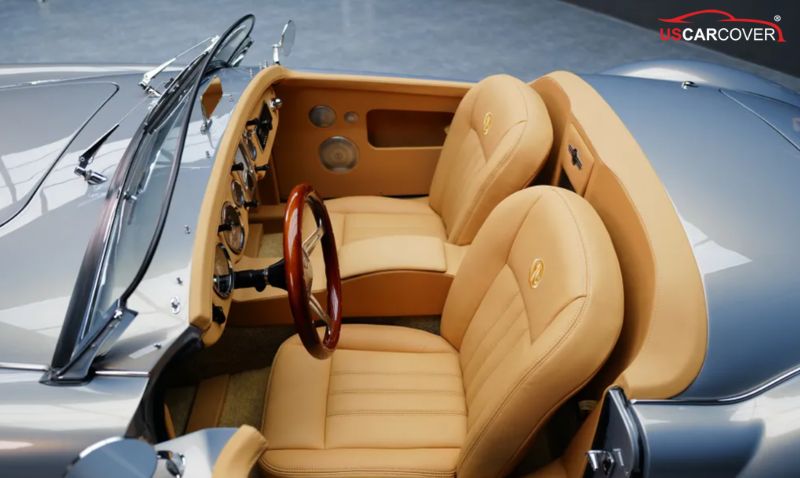
First, always cover only when the car is dry and cool. After rain, washing, or a short drive, give the car time to dry completely and lose heat. Covering when it is damp or warm is the fastest way to create odor and faint marks.
Second, choose a soft lining and a breathable outer. The lining should be light-colored, smooth to the touch, and low-lint. The outer layer should let moisture escape instead of sealing it in like a rain slicker. A classic car needs to breathe, not be shrink-wrapped.
Third, make it fit the shape. On an Auburn, the boattail and the side-mounted spare are the danger zones. A baggy, “one-size” cover flaps and rubs at the curves. A tailored pattern removes loose fabric and reduces friction where it matters.
Fourth, avoid falling grime. Adjust sprinkler direction and timing, park away from heavy-sap trees, and add a light secondary shade if needed. The fewer contaminants that land on the car, the safer every cover movement becomes.
Fifth, tie down with a gentle hand when it is breezy. Use soft tie-downs or mild hold-downs to stop flapping. Do not pull the hem so hard that it leaves an imprint, and do not leave it so loose that the fabric rubs the paint.
Sixth, wash and dry the cover on schedule. For semi-outdoor parking, wash every three to four weeks with a mild solution and air-dry completely. Indoors, every six to eight weeks is fine. A clean, fully dry cover lowers the risk of micro-scratches and odors.
Seventh, inspect five sensitive spots each month. Take a quick look at the hood ornament area, the side exhaust zone, the side-mounted spare, the top fasteners, and the boattail ridge. These locations show early warning signs first. Catching issues early makes fixes simple and inexpensive.
Choose the cover for where the car actually lives
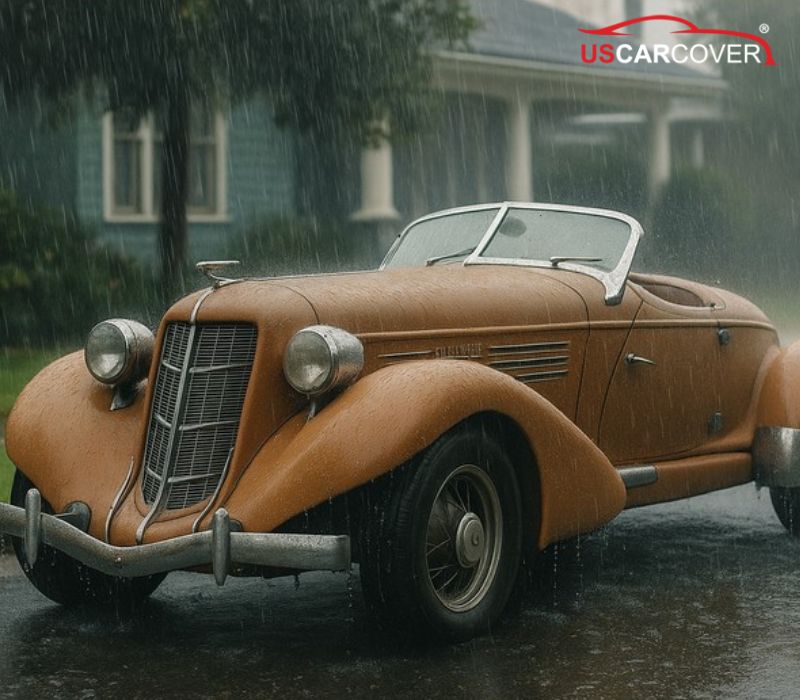
The same Auburn needs different cover features depending on the parking environment. Buy for the spot, not the habit.
For a porch or driveway with sprinklers and regular dew, prioritize breathable fabric that dries quickly. Check for water spots weekly and adjust watering schedules so mist does not reach the car.
Under trees, choose an outer face that sheds dust and pollen so you can shake it clean easily. Pick an ultra-soft lining so cover-on and cover-off during pollen season does not haze the surface. Wash a bit more often during heavy pollen or sap drop.
In a carport with slanting sun and light wind, you want a breathable fabric with mild heat reflection. A tailored fit is non-negotiable, and soft tie-downs at the nose and tail keep the cover steady.
Near the coast, where air is humid and salty, choose materials that are easy to wash and quick to dry. Before covering for longer stretches, wipe bright trim dry and apply a light coat of wax to keep those tiny white dots at bay.
The simple mindset: the parking environment decides the cover, not the other way around.
The 60-second routine for safe cover on and off
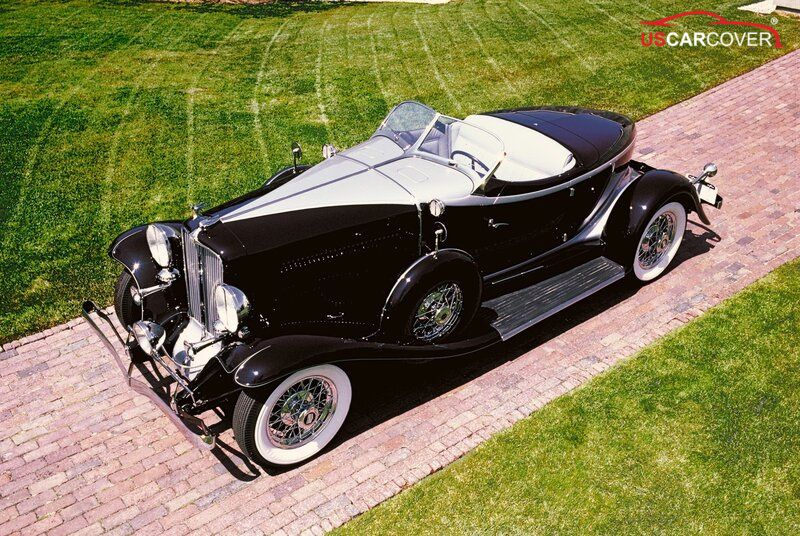
A great cover used the wrong way can still cause trouble. Turn covering and uncovering into a short, repeatable routine and you will avoid most risks. Before covering, blow off loose dust at the nose and glass, and blot any damp spots. Clean hands, clean towel. To cover, set the front edge at the hood ornament, then draw the cover straight down the spine of the boattail so it self-aligns. Adjust the mirror pocket and hug the side-mounted spare neatly, then relax the elastic hem without forcing it. If there is a breeze, clip on soft tie-downs. To uncover, roll the cover so the inner face rolls inward, which keeps the clean face next to the paint next time. Hang the cover to air out for a few minutes before putting it in a breathable bag. With semi-outdoor parking, keep up the wash schedule. Clean and fully dry is the foundation of safe handling.
Quick fixes when you notice something odd
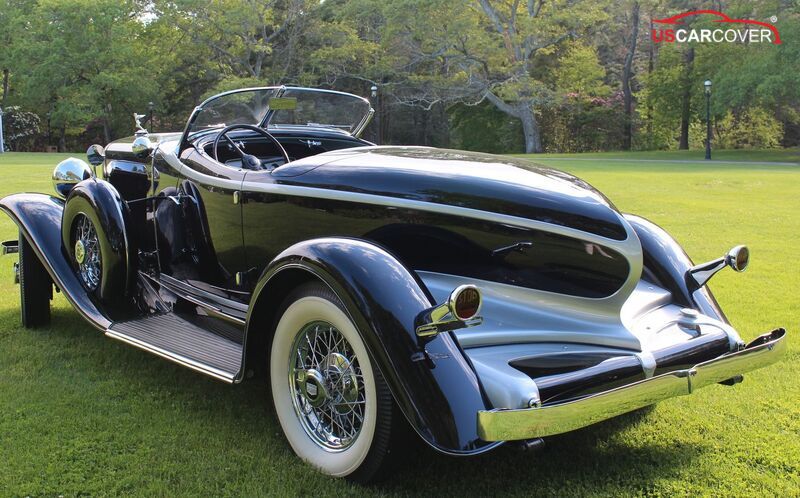
Do not panic at the first faint haze. Pause covering for two to three days and keep the parking area dry, out of direct slanting sun. Then wipe very lightly with a clean microfiber towel. Going forward, only cover when the car is fully cool and dry, and favor a light-colored, smooth lining.
If bright trim shows tiny white specks, clean gently with a mild solution and a fresh towel, then keep the area dry. Recheck sprinkler direction or sea mist exposure. In coastal areas, a light wax on bright trim before longer parking stretches helps prevent it from coming back.
If the fabric top smells musty, air the car out, replace the desiccant in your cover storage bag, and inspect the cover seams to be sure they are not wicking moisture back. During extra-humid weeks, increase the dry-time gap before covering.
The common theme is simple: act early and be gentle. The longer an issue sits, the harder and costlier it becomes to reverse. An Auburn is drivable history. The cover it deserves is not a stiff raincoat; it is a breathable evening garment. Once you understand the brand, know which model you own, recognize the everyday risks of semi-outdoor parking, and apply the seven rules above, your Auburn Car Cover will do the job it should: protect without leaving a trace.
Choose an Auburn Car Cover that matches where the car lives, with a soft inner lining, a breathable outer, and a pattern tailored to the boattail and side-mounted spare. Add a simple 60-second routine every time you cover and uncover. The real reward is peace of mind: each morning you pull it back, the boattail still flows, the finish still looks deep, the bright trim still sparkles, and the car feels ready for the stage.
